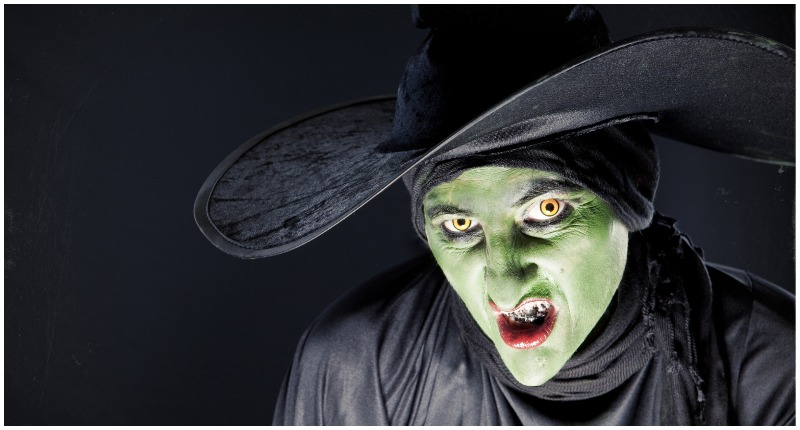These days, when someone hears the word “witch,” they tend to think Halloween and have a particular picture in mind — a woman wearing a pointy hat, a black robe, and definitely flying around on a broomstick.
We imagine she mixes potions together in her big cauldron and can curse anyone who wrongs her.
However, according to The Conversation, this image has not always been in the mind of the public.
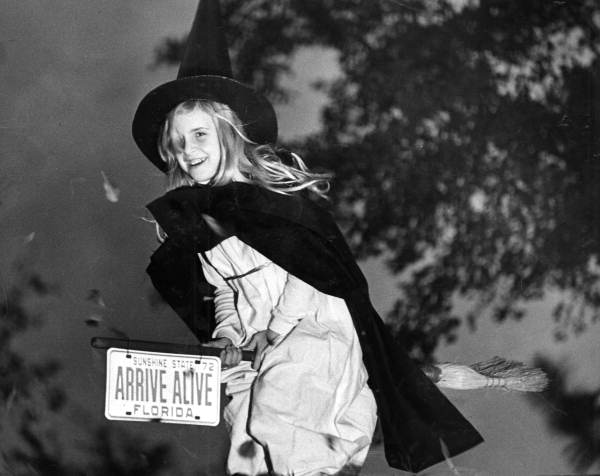
In fact, before the Middle Ages, magic was associated with males, and they were commonly thought of as a type of underground priesthood. Let’s try to uncover what happened.
Although some who practiced magic were thought to be possessed by the devil or his demons, History reports that many were simply natural healers trying to use what they had available to help themselves and others. Eventually, though, hysteria about witches began to set in.
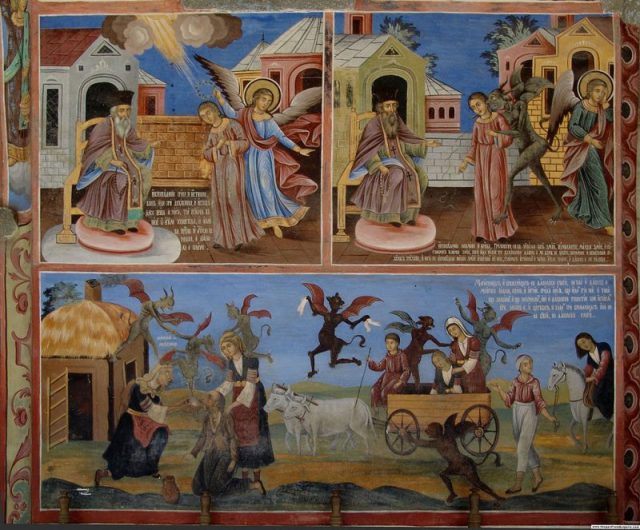
The Finer Times suggests that clergy and leaders in the Church during the Middle Ages created the typical Halloween image of witches.
The image would have struck fear into the hearts of the people at the time, which meant the church could then kill the suspected persons without any uproar from people in their communities.

Instead of thinking of them as men who could do magic, the Church conflated those who practiced natural healing or the manipulation of forces, which is called magic, and those who worshiped Satan. It was thought that the women performing magic would not understand and could easily be controlled by the devil.
Many priests began to write about the dangerous and evil acts that were being carried out by these women.
People began to fear the image of an evil woman cursing others and using her powers to carry out the will of Satan.
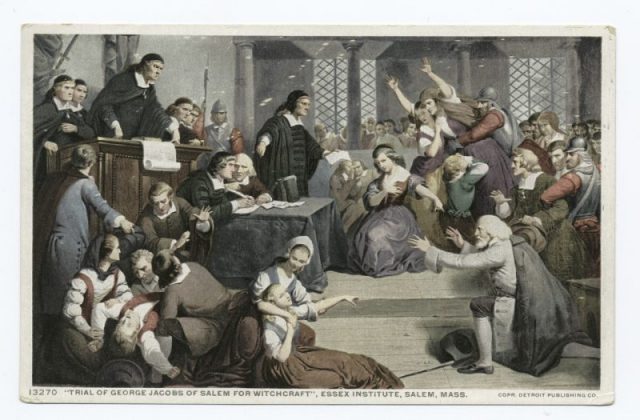
Witch hunts began and suspected women were rounded up. Once it was determined that these women must be evil, they were either hanged or burned at the stake.
People were not taking any chances with women that they believed were working with the devil.
The persecution of witches was the worst in Germany where Protestant Christianity was just beginning. However, it was not only Germany that killed witches.
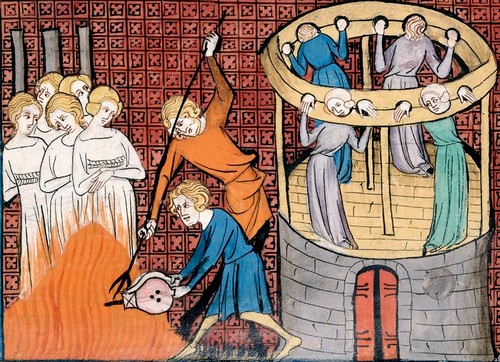
In fact, about 80,000 suspected witches from all over Europe, mostly women, were put to death in a relatively short span from 1500 to 1660. People were terrified when it came to these suspected devil worshipers.
One famous example of the hysteria occurred in Salem, Massachusetts. The Salem Witch Trials, as they came to be known, happened in 1692.
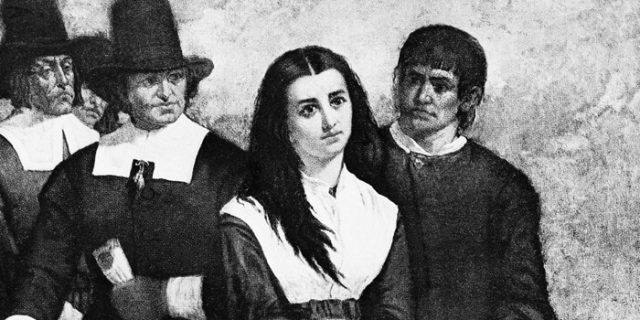
Over 150 people were rounded up accused of witchcraft, and 18 of them were killed. The worst part is that there was no evidence any of these women were actually participating in devil worship or witchcraft.
Two girls claimed to be possessed by the devil to the authorities of the town and proceeded to accuse many of the women who lived there, sparking the mass hysteria.
While most real-life witches probably didn’t look like the image we have in our heads, it is important to understand the history of this social phenomenon and why the image propagated fear for so many years. Fear of witchcraft has been one of the big causes of public hysteria throughout history.
Read another story from us: 6 Common Misconceptions about Witches and the History of Witchcraft
A lot of innocent people have been killed simply because they wanted to find a way to heal themselves or others. While there may be some truth to claims of devil worship and its evils, the women that the Church blamed for so many years were probably not involved in the first place.
